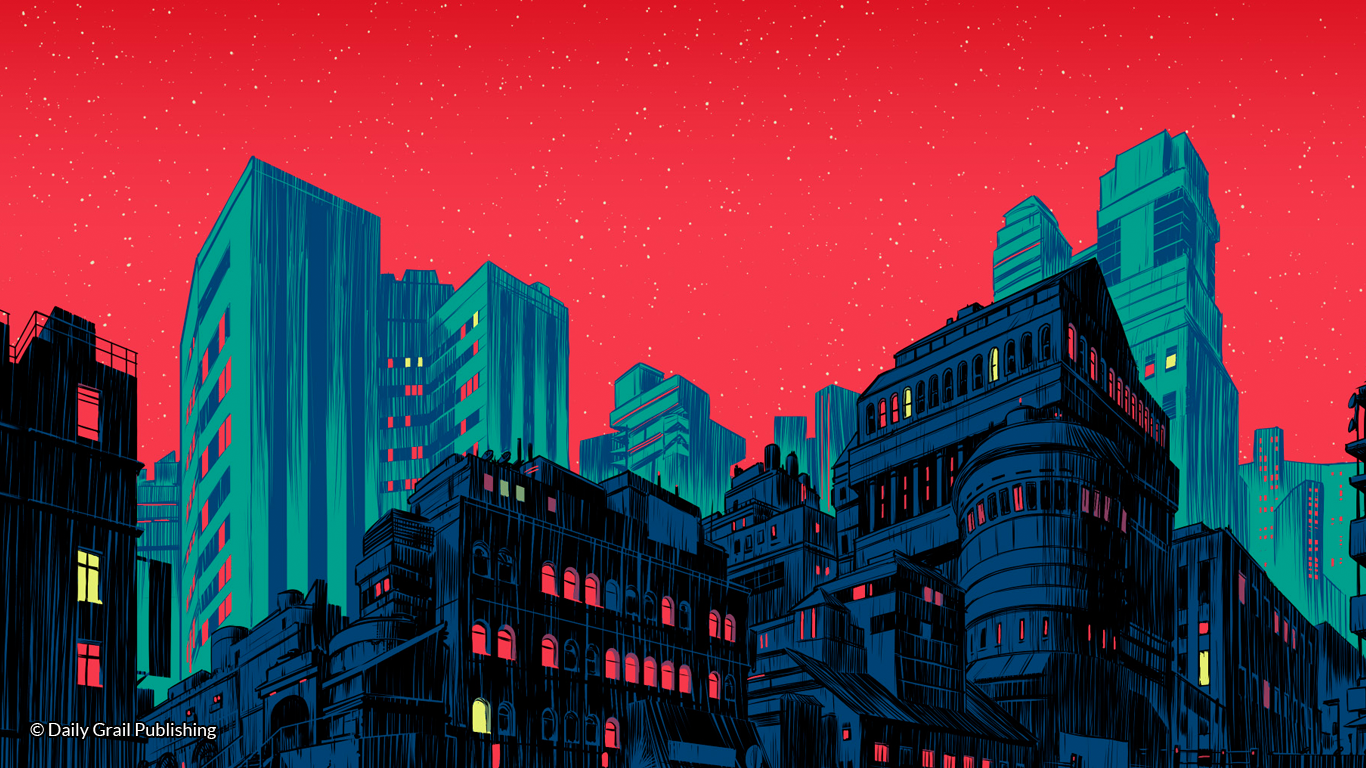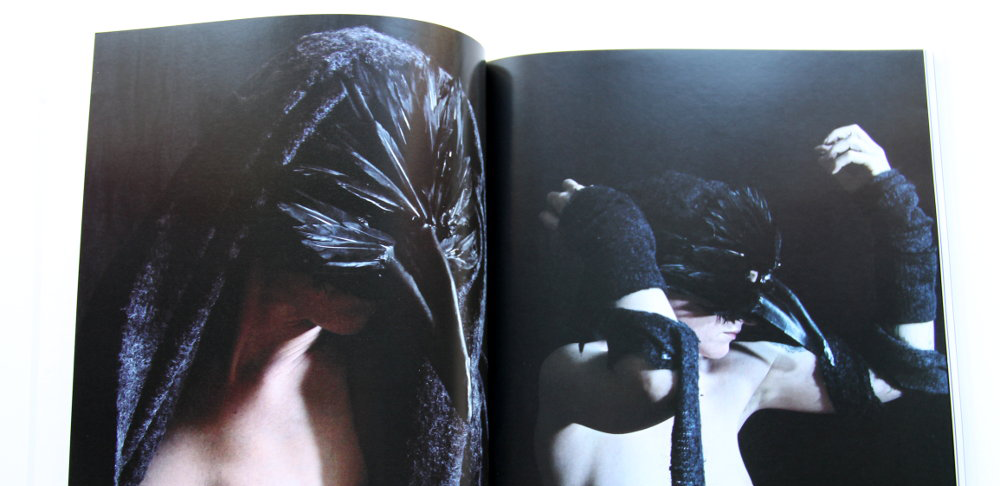Spirits of Place is an anthology of essays about the echoes of people and the events embedded in the soil and the streets about us. It is edited by John Reppion, and was prompted by the 1-day conference of the same name he organised in 2016.
Back in 2016, in one of the first few articles published on this site, I wrote that “folklore is myth with a specific sense of local place, a particular piece of landscape.” Spirits of place are the psychic scars on the landscape, particular to certain locations where past events have imprinted themselves into the soil or the streets. Call them what you like—spirits, genii loci, ambience, shared cultural associations—they manifest as folklore, as feelings, as traditions.
The idea for Spirits of Place came about from an event of the same name held in Calderstones Park in Liverpool in April 2016 organised by the book’s editor John Reppion. The event was a success and the book, which takes a more global perspective, is undoubtedly another success. It feels fresh in its approach, and offers a diverse range of insightful essays. In fact Spirits of Place is pleasantly diverse in many ways – the range of authors, the approaches and insights in each chapter, and the places being written about. As Reppion notes in his introduction to the book:
While its geographic spectrum may be broader than other books dealing with the topic, there is a huge amount of commonality between the essays within Spirits of Place. The way our identities and beliefs are embedded in our surroundings; the places we grow up, or live, or come from.
And while each of the twelve essays that comprise Spirits of Place are clearly linked to this theme, they are refreshingly interdisciplinary and radically different in their approaches and styles.
The first essay in the anthology, I Have Trod Such Haunted Land, by Gazelle Amber Valentine, reflects the nomadic life of the author, visiting numerous geographical locations across the US and Europe, all with their own specific spirits of place; some pleasant and some – such as one venue in eastern Germany – distinctly unsettling and discomforting.
Maria J. Pérez Cuervo’s The Palace Built Over A Hellmouth tells how King Philip II of Spain moved the Spanish capital to El Escorial on the southern slopes of Mount Abantos, reputedly one of the seven doors to hell, which the author first visited as a teenage girl.
A Compendium of Tides by Warren Ellis takes us to the Thames Estuary in southern England, haunted by unexploded wartime bombs and strange radio frequencies bleeding through from elsewhere or elsewhen, with deeper history still insistently pushing through the soil and the consciousness into the present.
The focus of Kristine Ong Muslim’s Agonies and Enchantments is the Philippines, and a wealth of strange encounters and events in the author’s childhood home in Rizal Street in the rural town of Nuro and the surrounding area.
The Rajagiriya suburb of Greater Colombo in Sri Lanka is the subject of The Great Mongoose by Vajra Chandrasekera, where the past manifests in words and place names: both the current names and older ones, and the tensions between them. And then to the bleakness of Cornwall at the south-western tip of England in Dr. Joanne Parker’s Death Imitating Art at Castle an Dinas, the castle in question being an Iron Age hillfort with even earlier structures beneath it which, with shades of Alan Garner’s The Owl Service, seems to attract an unusual number of grisly murders.
Mark Pesce’s Malleus Speculis explores a virtual landscape and what spirits of place may be emerging there as we populate it with our money, our friendships, and our online lives. Bryndís Björgvinsdóttir examines Icelandic folklore in Becoming Elf – Becoming Witch, particularly contemporary elf-belief in Iceland and how the Office of Public Road Construction spends money and effort conserving elven stones when roads are being constructed.
Iain Sinclair, most famous for his psychogeographical books on London, moves his attention to southern Italy in Palermo Deathtrip, and an exploration of the catacombs of the Capuchin friars. City of Palaces, City of Ghosts is next, Silvia Moreno-Garcia’s essay on Mexico City and the legends and folklore she learnt there as a child, embedded in street and place names, tales told her by her father, and the magic practised by the witches.
Damien Patrick Williams’ Stealing the Light to Write By starts in Washington D.C. and travels to several other locations in the US in a brief history of the author’s personal and professional life, always accompanied by tricksters. And completing the anthology, Alan Moore’s Coal Memory takes us to Newcastle in northern England, the scene of a dark event in the backstory of Moore’s character John Constantine, delving deep into dark history as history delves deep into the dark inside us.
This brief summary will, I hope, give you some idea of the breadth of places and approaches contained within Spirits of Place. That such an eclectic wealth of viewpoints and styles can still form a satisfyingly cohesive collection rich in ideas is a tribute not just to the various authors, but clearly also to the editorship of John Reppion.
Buy Spirits of Place
Spirits of Place is edited by John Reppion and published by Daily Grail Publishing. The authors are Bryndís Björgvinsdóttir, Vajra Chandrasekera, Maria J. Pérez Cuervo, Warren Ellis, Alan Moore, Silvia Moreno-Garcia, Kristine Ong Muslim, Dr. Joanne Parker, Mark Pesce, Iain Sinclair, Gazelle Amber Valentine, and Damien Patrick Williams. For more details visit http://www.spiritsofplace.com/ or buy the book.





